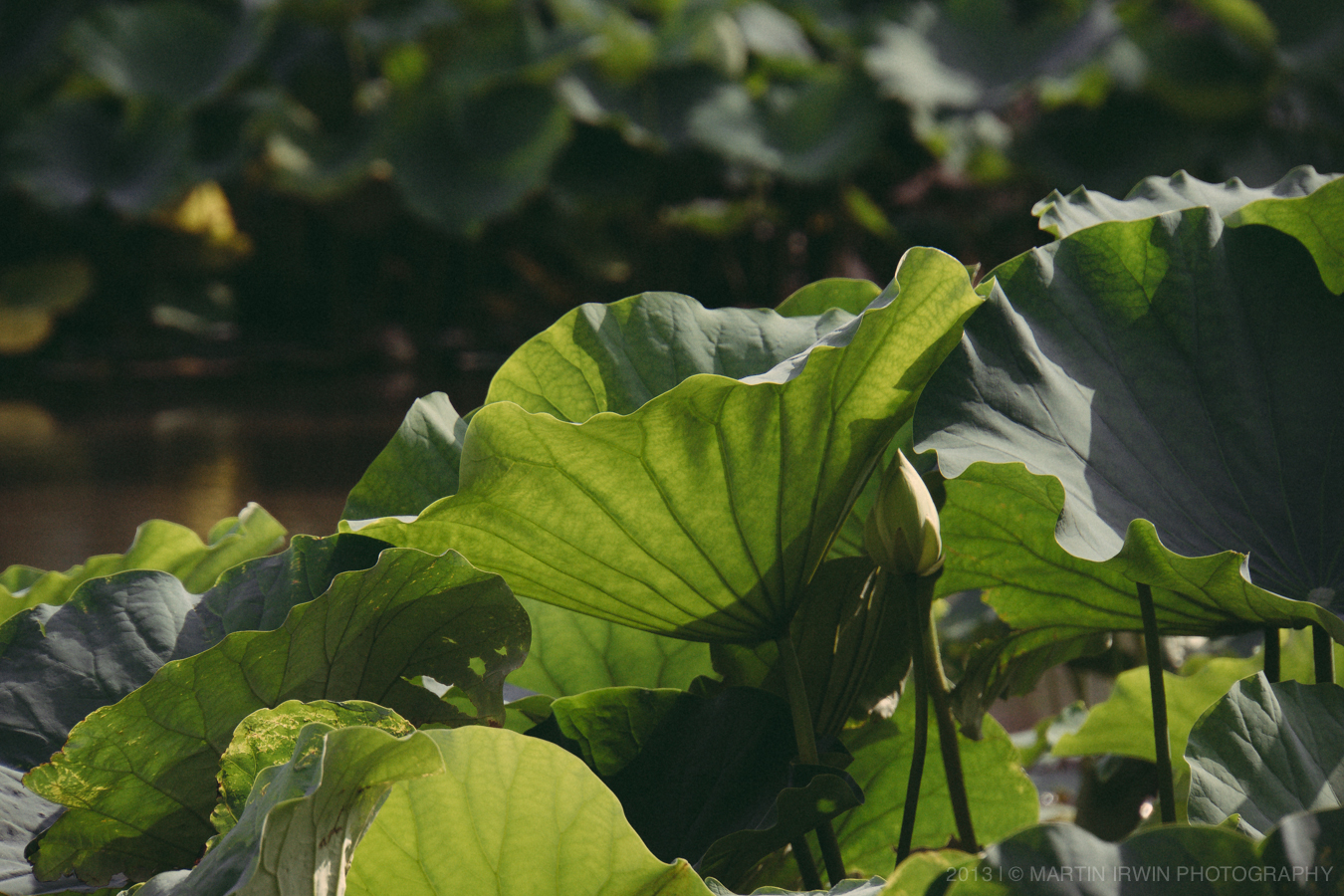In Ishigaki, a small island in Okinawa, Japan, Shinto and Buddhism coexist in a unique blend that reflects both local culture and broader Japanese traditions. Shinto focuses on nature worship and community festivals, with shrines dedicated to kami that protect the land and sea. Buddhism, on the other hand, emphasizes ancestral worship, funerary practices, and rituals held in local temples. The two religions harmoniously divide spiritual duties—Shinto for life events and nature, Buddhism for death and the afterlife—creating a distinct spiritual landscape influenced by both Japanese and Okinawan traditions.
Read Moreshinto
Guardian of Warriors
Kamakura Pt. 2 - Tsurugaoka Hachiman-gū
Continuing our cycle-journey through Kamakura, we left the bamboo forest and sped back to the centre of Kamakura, to visit the centre-piece of the small city - Tsurugaoka Hachiman-gū.
Tsurugaoka Hachiman-gū is the most important Shinto shrine in the city of Kamakura, Kanagawa Prefecture, Japan. The shrine is at the geographical and cultural center of the city of Kamakura, which has largely grown around it and its 1.8 km approach. It is the venue of many of its most important festivals, and hosts two museums.
Tsurugaoka Hachiman-gū was for most of its history not only a Hachiman shrine, but also a Tendai Buddhist temple, a fact which explains its general layout, typical of Japanese Buddhist architecture. At the left of its great stone stairway stood a 1000-year old ginkgo tree, which was uprooted by a storm in the early hours of March 10, 2010. The shrine is an Important Cultural Property.
Our cycle route, taking all of 5 minutes!
Knotted Tree
In Japanese mythology, Hachiman is the Japanese syncretic god of archery and war, incorporating elements from both Shinto and Buddhism. Although often called the god of war, he is more correctly defined as the tutelary god of warriors.
We bought ice-creams and some liquid refreshment, as cycling in the scorching 35°C bright sun was quite hard work. I had the 18-200 lens attached to my NEX-7, and decided to make the most of its range.
At first glance, I thought that this was just one building, due to telephoto compression
The shrine is actually multi-layered
I recommend a visit to Tsurugaoka Hachiman-gū, though I think I'm yet to not recommend somewhere! It's easily walkable from the train station (though bring water & maybe a parasol, if you're doing this in summer), which made it relatively busy (for a week day). After this shrine, I'd recommend visiting some of the smaller, more tucked-away sites, to really soak in the atmosphere.


